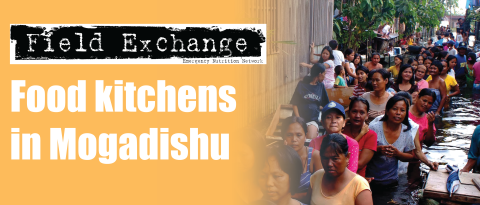Low rate of low birthweight in refugee camps in Nepal

A small-for-gestational-age term baby born at Janakpur Zonal Hospital, southern Nepal
Summary of research1
Researchers have conducted a study aimed at verifying a low rate in the incidence of low birth weight reported in the Bhutanese refugee camps in Nepal and, if true, to try to understand how this came about. Despite the growing body of scientific evidence of the risks of low birth-weight, knowledge of how to implement low birth weight prevention programmes is poor, with few programmatic approaches tried and tested. Furthermore, improving birth weight is considered to be programmatically difficult, requiring considerable investment and several generations.
Approximately 100,000 Bhutanese refugees have resided in seven refugee camps in eastern Nepal on the border with India since 1992. The majority of Bhutanese refugees belong to a Nepali-origin ethnic group known as the Lhotshampa, who migrated to the southern part of Bhutan in the late 19th century on the invitation of the Bhutanese government. Many then fled Bhutan after they were persecuted by the government in the early 1990s.
Medical records from 1994-2001, which were recovered for half of the refugee population, were analysed with respect to birth weight and other maternal factors. The adequacy of the food ration provided to the general population was assessed by comparing it with the nutrient requirements of pregnant women. The rates of low birth weight were indeed low in the refugee camps, averaging 11% in the years reviewed. Between 1996 and 1998, the mean rate of low birth weight fell from 16% to 8% and mean birth weight increased from 2.84 kg (SE, 2.80-2.87) to 3.0 kg (SE, 2.97-3.03). The increase in birth weight occurred following improvements in the micronutrient-to-energy ratios of the general ration. During this period, parboiled rice and UNILITO2 were added to the general ration, improving nutrient energy density for zinc, vitamin A, thiamine, riboflavin, niacin and vitamin C. Rates of low birth weight at the time of this study were 15% for Bhutan as a whole and 21% for Nepal.
The authors conclude that the study shows the possibility of improving birth weights in developing country contexts over a relatively short period and achieving rates of low birth weight similar to those in developed country settings. Likely contributors to this outcome are the provision of basic needs in shelter, food, water and health services and the reduction in teenage pregnancies. The improvements in birth weight observed in the period from 1996-8 also support the hypothesis that improving micronutrient status around the time of conception and during early pregnancy has an important influence on foetal development over and above that achieved by meeting the basic protein and energy needs of the mother.
1Shrimpton et al (2009). Trends in low birthweight among the Bhutanese refugee population in Nepal. Food and Nutrition Bulletin, vol 30, no 2, pp S197-S205
2Wheat Corn Blend containing 16g protein, 6g fat, 400kcal/100g with added vitamins and minerals
Imported from FEX website


